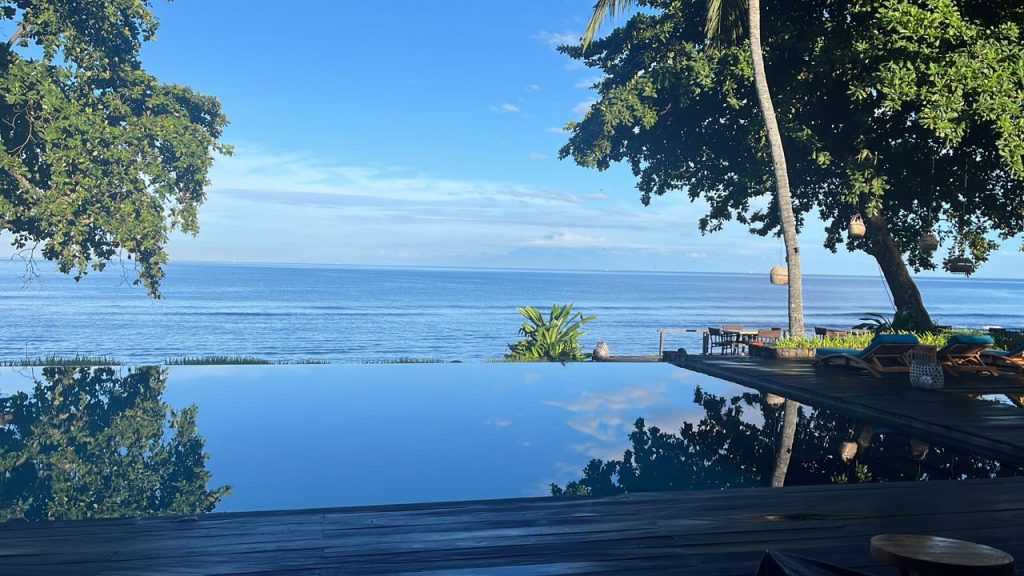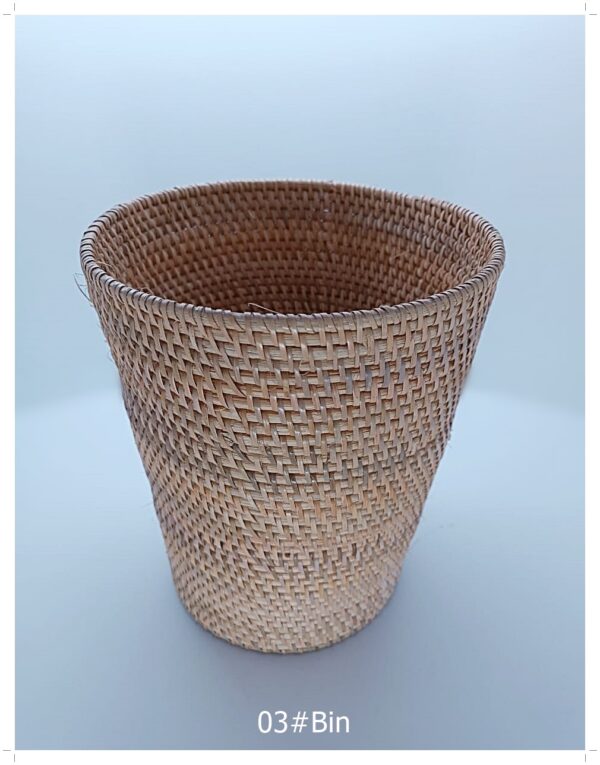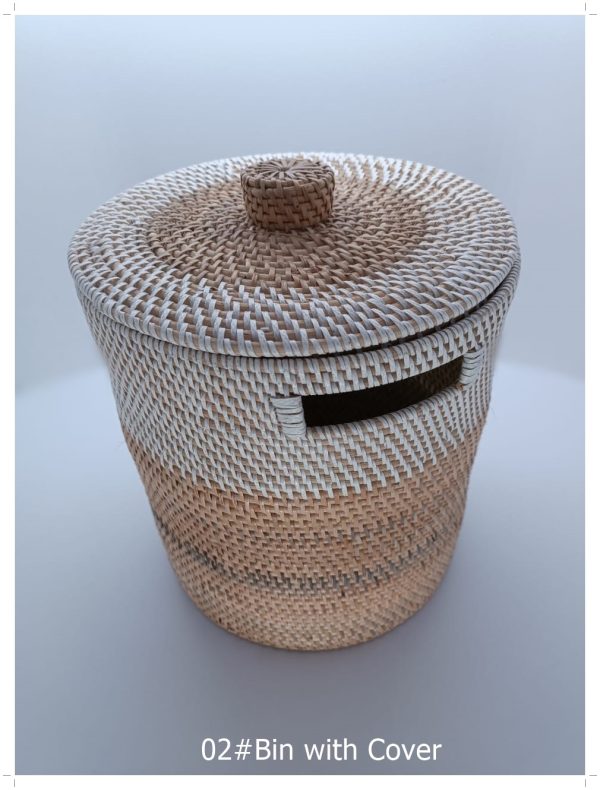Travel
Lombok 2024
As I stood along the shores of the beach at my resort in Senggigi, Lombok, I could see, on that clear day, Mount Agung in Bali far in the horizon. It is true what they say, “You can see Bali when in Lombok, but you may not see Lombok when you’re in Bali”. My first port of call when I arrived in Lombok was to my resort, Jeeva Klui, located along the cul-de-sac of Senggigi beach. It is a small resort which embraces local Lombok architecture, using locally sourced materials like timber, rattan and bamboo to build structures and create decorative artifacts such as wall decorations and lanterns tastefully adorned around the resort. I reached Jeeva Klui at night, and in almost complete darkness, I was led to my room through a stoned path lit by bamboo lanterns. As I walked along the path, the delicate waft of jasmine reached my nostrils and I thought, “what a pleasant welcome.”
My trip to Lombok was organized by Mas Aji, an independent tour operator who has been in the business for 14 years. He knows Lombok like the back of his hand and I have to thank him for enriching me with knowledge of Lombok’s history, the places we visited and the beautiful culture of the Lombok people, namely the Sasak tribe. During my first morning there, we started our journey from Senggigi to Renjani Lodge which overlooked the mighty Renjani Mountain. Renjani Mountain is the tallest mountain in Lombok, an active volcano standing at 3726 meters above sea level. According to local mythology told to me, within Mount Renjani’s peak also lies its ‘child’, a mountain within a mountain with a crater called Gunung Barujari. Legend has it that if Mount Renjani ever erupts, its hot lava will spill into its child’s crater, sparing the villagers at its foot Desa Senaru in Sembalun. I thought this was a beautiful legend, where nature saves humankind from its own wrath.
After marveling at nature’s landscape, I was brought to lunch in a restaurant located in the middle of the rice fields in Sembalun Bumbung. The restaurant, Kedai Sawah, was still within the mountainous ranges of Sembalun, marked by its cool climate. I saw acres of agricultural land with various types of vegetables planted, even strawberries. Mas Aji told me that the main economic activity of the Sembalun people is farming and that their produce are shipped all the way to Jakarta.
Lombok also offers an adventurous culinary experience, especially if you like things spicy. Lombok’s signature dish is Ayam Panggang Taliwang, typically eaten with pelecing kangkong. I truly underestimated the heat on this one and asked for extra spicy. Little did I know, as I was swallowing each morsel of food, I had to endure the burning aftertaste; the more I ate, the more intense the heat became. I was left with red lips and a burning sensation that lingered in my mouth, only cooled by chewing blocks of ice. When the Indonesians say it’s hot, trust me, it’s hot.
The Lombok people are talented artisans too, producing lovely pottery and handicraft made of bamboo and rattan. As we drove through the center of Lombok on the way to its capital, Mataram, we passed by many shops that sold handmade crafts. Mataram town has rows of cafés that sell Lombok coffee and Western delicacies because it is where the Western tourists congregate to do a little shopping or enjoy a drink in an aesthetic café in Lombok.
The next day was beach day and I was taken to the Gili islands. Gili means small island in the Sasak language. The three islands that lie in succession of each other are Gili Terawangan, Gili Meno and Gili Air. There are two ways to get to the islands: by public boat or a chartered speedboat. Since it was just me and Mas Aji, I said ‘why not?’ to taking the public boat. The only qualm about public boats is that they will only leave the jetty after the seats are taken up, so there might be a slight wait. It’s also useful to know that the last boat leaves Gili Terawangan at 5pm. Some tourists stay the night there; with many hotels strewn along its coastal streets, finding accommodation would not be a problem.
The waters in Gili Terawangan were clear and translucent. It was such a beautiful afternoon with sunny blue skies and miles and miles of turquoise and blue seas that stretched into the horizon. I was bewitched. The beautiful landscape beckoned me for a swim. I swam near the shoreline as a precaution against the powerful currents, but it was good enough to see some little fishes swimming with me.
Apart from offering the bounty of the marine world, Lombok also has land animals that roam freely on land. A trip to Gili isn’t complete until you try riding on a horse or a cart. Although I hesitated at first for the price of a ride on a cart is quite hefty at around Rupiah 300,000 (approximately RM100), in the end I decided to hop on a horse and had a great time galloping along the shores.
When I travel, I always like to mingle with the locals to learn about other cultures and way of life. From my experience, the locals always have interesting stories to tell which made me realize that a simple life by the beach or in a village can be a happy and contented one. That’s exactly what I found when I visited Desa Sade, an indigenous village within Lombok Island that is home to the Sasak tribe.
The population of Lombok is dominated by the Sasak Tribe or Suku Sasak, which comprises 98% of the 5.5 million people of Lombok. The Sasak tribe are inherently Muslims but their version of Islam has been mingled with elements of Hinduism and animism characteristics and is called Watu Telu. The language that they speak or Bahasa Sasak has words like medahan and ngelor which means makan or eat.
I took a peek into a section of life of the Sasak people by visiting Desa Sade. It is a 15-generational kampung that was founded in the 11th century. What impressed me was that even with the tides of modernity disrupting Indonesia’s agrarian culture, the Sasak tribe still holds on fiercely to their rich tradition. The Sasak culture has lived on, despite centuries of foreign civilisations that come and go, which are not only confined to rituals but permeates all aspects of life.
One example is the art of tenun, or weaving. Typically, the Sasak men tend to the fields and they are the main breadwinners in the family. In the Sasak culture, women also contribute to the economy of the household by selling their tenun wares. It is imperative for Sasak women to know how to weave as a prerequisite to marriage given that to marry a local Sasak, the woman must gift her future family in law a tenun cloth. Sasak women are taught the art of tenun at the tender age of ten and they are typically married off at around 15 years old.
There’s also an interesting Sasak culture concerning marriages. The Sasak tribe holds on to the act of merarik or kidnapping the bride to be with the intention of marrying her. If a boy and a girl fall in love with each other, the boy will ‘kidnap’ the girl and the boy’s family will inform the girl’s family of their intention to marry.
My last day in Lombok arrived too quickly and my flight back home was at 5 pm. I decided to relax and just relish the limited time I had left at the resort, taking in the spellbinding views of the sea before heading home. My last stop before making my way to the airport was Tanjung Aan, where the beaches were spread out with fine white sands. There were small restaurants erected by bamboo poles littered along the beach. Mas Aji and I sat down in one of them to enjoy a chat over sipping iced coconut. Then it was time to head home.
Although I still feel a kind of affinity with Bali, with its spiritual vibrations imbued throughout the island, admittedly it has somehow lost some of its charm amid being overrun by the lure of international tourism. Lombok still maintains its pristine appeal with its sustained nature and protected traditional customs. My hope is that Lombok island can be my home away from home. It is a pure and deeply cultural place; a perfect haven for me to rest, meditate and write stories as I ponder on the beauty of the natural world.
My trip to Lombok was organised by Mas Aji. He may be contacted at +62 819 1609 6969
-
RM20.00
-
Bin
Original price was: RM66.00.RM30.00Current price is: RM30.00. -
Bin with Cover
Original price was: RM115.00.RM99.00Current price is: RM99.00.














In The Beginning
“Your heart should adapt and be as good as normal.” With that, I was given...
Story: I hate you
“It’s time,” Danial proclaimed during our anniversary dinner. It had been a year since the...